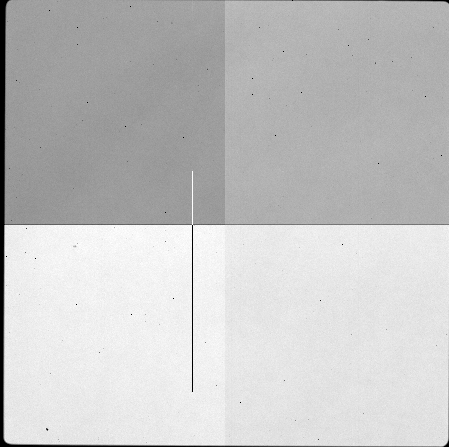
For an effective flat field, we want an image of uniform brightness. For these observations, we have images of the sky taken at twilight. After basic reductions, we combine these twilight images into a master flat for each night using imcombine in IRAF. To normalize these master flats, we use imarith to divide the image by the mean value (found using imstat). Here's an example of a normalized flat from December 9th:

However, these twilight images could have some gradient or other types of non-uniformity. Since the pointings around the Crab are relatively sparse fields, we may be able to use them as sky images. The idea is that if we divide all the Crab field pointings by each other, the individual stars should come out. The only problem is that some fo the fields can be dense, so the odds are likely that two stars would line up even if they're completely different objects. Using only the long exposures (900 seconds) of the Crab fields, we can produce a Crab flat. This is an example from December 11th:
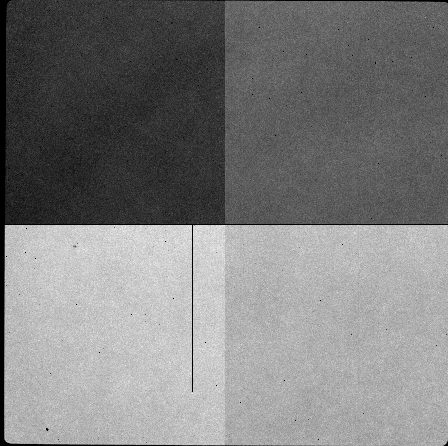
Once normalized, I can combine all my twilight
flats and Crab field flats into Master flat images. Since I
normalized every frame, the combined images should still have a
mean value of 1. I now have both
MasterCrab and MasterFlat images.
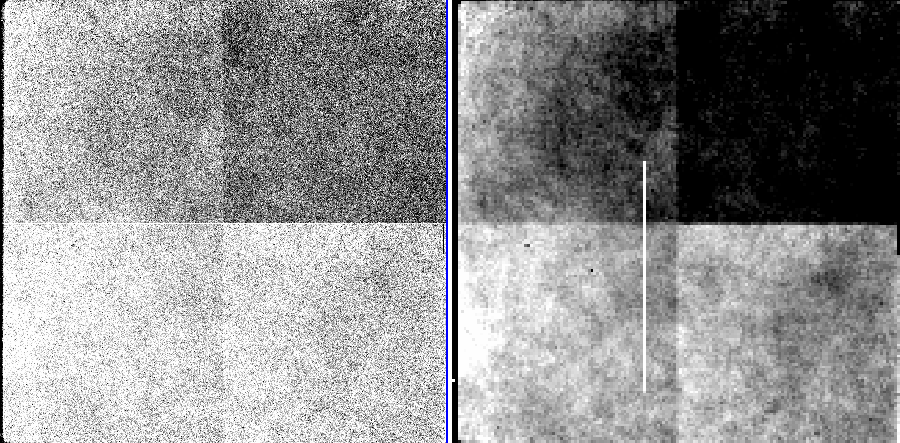
| Images | Mean | Std. Dev. |
|---|---|---|
| MasterFlat/MasterCrab | 0.987 |
0.00299 |
| Twi07/Twi09 | 0.9997 |
0.003221 |
| 0.9999 |
0.001757 |
|
| 1.00 |
0.00347 |
|
| Crab07/Crab09 | 1.00 |
0.004381 |
| Crab07/Crab10 | 1.00 |
0.004951 |
| Crab07/Crab11 | 1.00 |
0.006241 |
| Crab07/Crab12 | 1.00 |
0.004062 |
| Crab09/Crab10 | 1.00 |
0.006114 |
| Crab09/Crab11 | 1.00 |
0.007248 |
| Crab09/Crab12 | 1.00 |
0.005371 |
| Crab10/Crab11 |
1.00 |
0.004012 |
| Crab10/Crab12 | 0.9997 |
0.00477 |
| Crab11/Crab12 |
0.9997 |
0.005314 |
| Twi07/Crab07 |
0.9868 |
0.005227 |
| Twi07/Crab09 |
0.9868 |
0.006828 |
| Twi07/Crab10 |
0.9871 |
0.003098 |
| Twi07/Crab11 |
0.9873 |
0.004011 |
| Twi07/Crab12 |
0.9869 |
0.004884 |
| Twi09/Crab07 |
0.9869 |
0.004777 |
| Twi09/Crab09 |
0.9869 |
0.00657 |
| Twi09/Crab10 |
0.9872 |
0.003435 |
| Twi09/Crab11 |
0.9874 |
0.004812 |
| Twi09/Crab12 |
0.987 |
0.004117 |
| Twi10/Crab07 |
0.9868 |
0.004761 |
| Twi10/Crab09 |
0.9868 |
0.00612 |
| Twi10/Crab10 | 0.9871 |
0.002978 |
| Twi10/Crab11 | 0.9874 |
0.003833 |
| Twi10/Crab12 | 0.987 |
0.004458 |
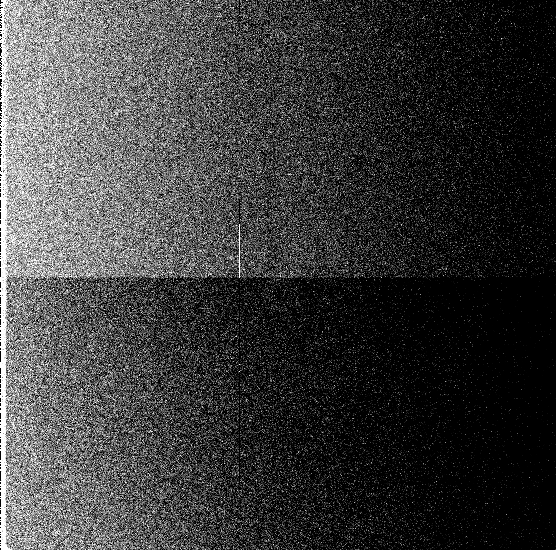
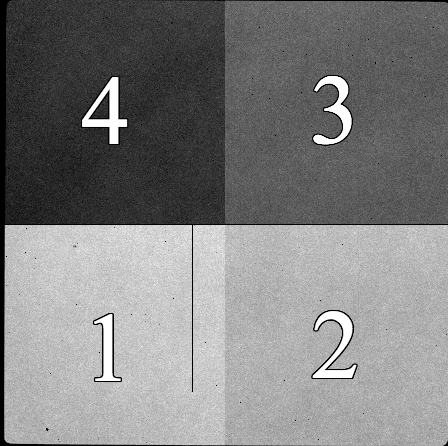
| Quadrant |
Mean |
Std. Dev. |
| 4 |
0.9871 |
0.004252 |
| 3 |
0.9831 |
0.003526 |
| 2 |
0.9869 |
0.003893 |
| 1 |
0.99 |
0.003072 |
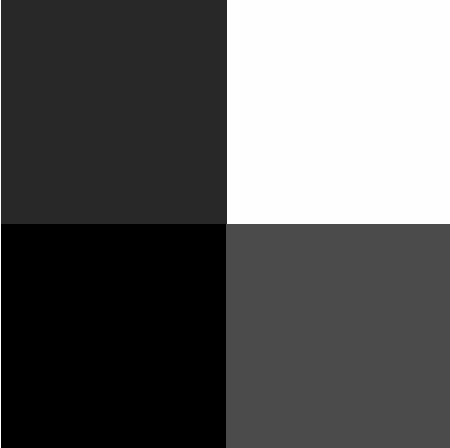
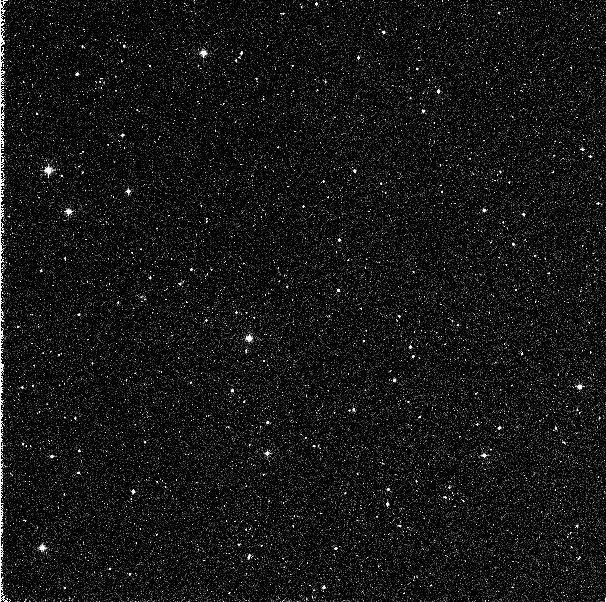
Updated June 2013